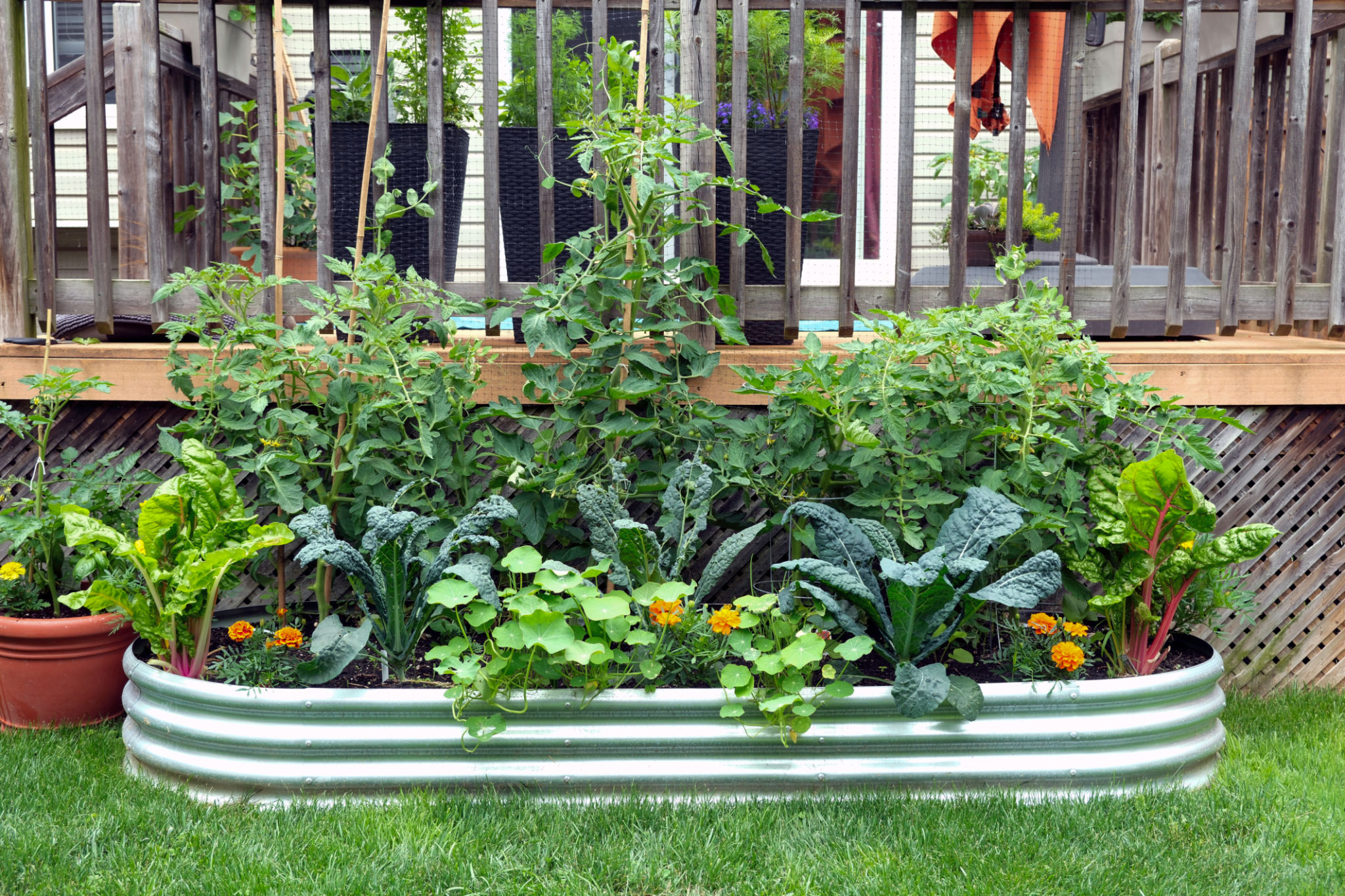Sustainable Landscaping Practices for Joliet Homes
Introduction to Sustainable Landscaping
In recent years, the focus on sustainability has expanded beyond conventional areas like energy and waste management to include landscaping. For homeowners in Joliet, adopting sustainable landscaping practices can significantly enhance the aesthetic appeal of their properties while contributing positively to the environment. Sustainable landscaping involves designing and maintaining gardens and outdoor spaces that are environmentally friendly and resource-efficient.

Benefits of Sustainable Landscaping
Implementing sustainable landscaping practices offers a plethora of benefits. Firstly, it reduces water usage, which is crucial in areas that experience varying rainfall patterns. Secondly, it minimizes the need for chemical fertilizers and pesticides, promoting a healthier ecosystem. Additionally, sustainable landscaping can increase biodiversity by providing habitats for various species of plants and animals.
Cost-Effectiveness
Many homeowners are pleasantly surprised to find that sustainable landscaping is also cost-effective. By choosing native plants and trees, you can reduce maintenance costs and save on water bills. Native plants are adapted to the local climate and soil conditions, requiring less water and care than non-native species.

Choosing Native Plants
One of the most effective strategies in sustainable landscaping is selecting native plants. These plants are well-suited to the local environment and require minimal maintenance. In Joliet, popular native plants include prairie grasses, wildflowers, and oak trees. Incorporating these into your landscape design will not only enhance the natural beauty of your garden but also support local wildlife.
Drought-Resistant Options
For a truly water-efficient garden, consider drought-resistant options. These plants can survive with minimal watering, making them ideal for areas prone to dry spells. Some excellent choices for Joliet homes are coneflowers, sedums, and yuccas. These plants offer vibrant colors and textures that can enhance any landscape design.

Water Conservation Techniques
Water conservation is a key component of sustainable landscaping. By implementing techniques such as rainwater harvesting and drip irrigation systems, homeowners can significantly reduce their water usage. Rain barrels can be installed to collect rainwater from roofs, which can then be used to water plants during dry periods.
Efficient Irrigation Systems
Drip irrigation systems are another excellent way to conserve water. These systems deliver water directly to the plant roots, minimizing evaporation and ensuring that plants receive adequate moisture. Additionally, using mulch around plants helps retain soil moisture and suppresses weed growth.
Soil Health and Composting
Maintaining healthy soil is essential for a sustainable landscape. Healthy soil not only supports plant growth but also improves water retention and reduces erosion. Composting is an effective way to enhance soil fertility naturally. By recycling kitchen scraps and yard waste into compost, you can create a rich, organic fertilizer that nourishes your garden without the need for chemical alternatives.
Reduced Chemical Use
Avoiding chemical fertilizers and pesticides is crucial in sustainable landscaping. These chemicals can harm beneficial insects and pollute local waterways. Instead, use organic fertilizers and natural pest control methods to maintain a healthy garden ecosystem.

Conclusion
Sustainable landscaping is an investment in the future of our environment and our communities. By adopting these practices, Joliet homeowners can create beautiful, low-maintenance gardens that benefit both their property values and the planet. Whether you're starting from scratch or looking to make improvements to your existing landscape, incorporating sustainable practices is a step toward a greener, more vibrant future.
